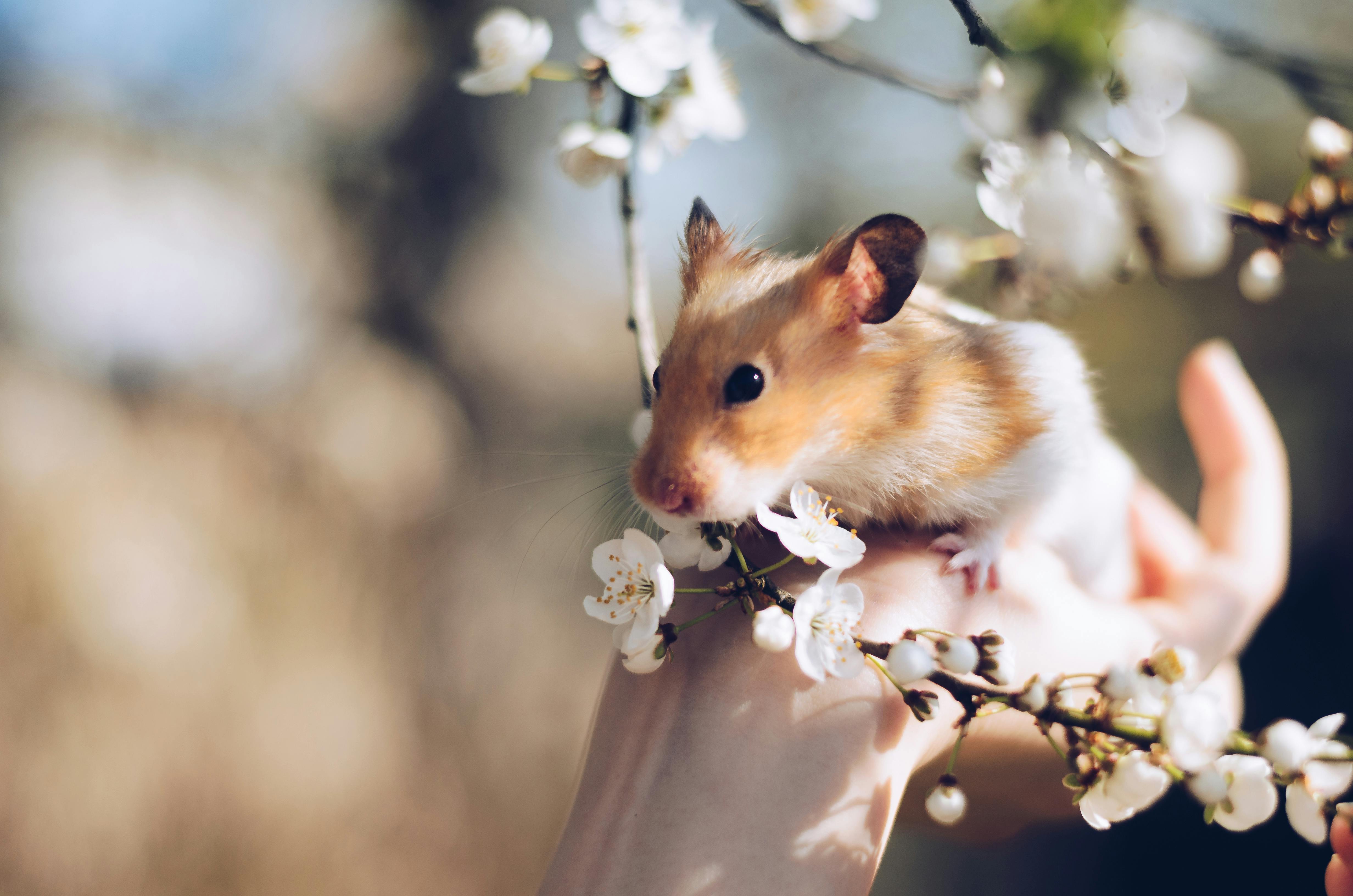Unraveling the Enigma: The Surprising Complexities of Hamster Behavior
Understanding the behavioral patterns of pets can be a fascinating journey into their unique worlds. While dogs and cats often take the spotlight, this article ventures into the lesser-explored territory of hamsters, diving deep into their intriguing behaviors and what they mean.

Unveiling the Hamster’s World
Hamsters are often seen as low-maintenance pets, perfect for children or those with busy schedules. However, these adorable creatures have complex behaviors that provide insights into their mood, health, and overall well-being.
Hamsters: The Night Owls
Hamsters are nocturnal animals, meaning they are most active during the night. Their heightened activity can be attributed to their evolutionary instincts to avoid predators during the day. Providing them with a variety of toys and exercise equipment can help simulate their natural environment and keep them mentally stimulated.
The Tell-Tale Signs of Stress
Hamsters convey their stress or discomfort in unique ways. For instance, excessive grooming, biting the cage, or reduced appetite are warning signs. Recognizing these signals can help owners intervene early and provide the necessary care.
Hamsters’ Love for Hoarding
One of the most distinctive behaviors of hamsters is their penchant for hoarding food. This behavior is an instinctual survival strategy, as in the wild, food is not always readily available. Owners can use this trait to their advantage by hiding food around the cage for their hamster to discover, encouraging natural foraging behavior.
The Social Dynamics of Hamsters
While hamsters are often solitary animals, they can exhibit social behaviors under certain conditions. For example, dwarf hamsters are known to live peacefully in pairs or small groups. However, even these sociable species need enough space and resources to avoid conflicts.
Contrary to popular belief, owning a hamster involves more than just feeding them and cleaning their cage. A deeper understanding of their behavior can enhance our connection with these endearing creatures, providing them with a happier and healthier life. Just as we take time to understand our fellow human beings, taking the effort to comprehend our pets’ behaviors can enrich our bond with them.
Understanding hamster behavior also has an economic impact. The pet care industry has evolved to cater to the needs of these specific behaviors, offering a range of products designed for nocturnal activity, stress relief, foraging, and social interaction.
In conclusion, hamsters are not just simple pets; they are creatures with complex behaviors that deserve our understanding and respect. By learning more about their behavior, we can improve their quality of life and deepen our bond with them.






